J. N. ALLINSON ASSOCIATES, INC. recommends that you use this technology
regardless of the "visual appearance" of the boat or its associated mechanical
and electrical systems.
We use the "very best" FLIR
 P65HS
specifications
Ultra High Performance
P65HS
specifications
Ultra High Performance Infrared Camera that FLIR offers coupled with an additional telescopic lens resulting in a thermal imaging camera with more sensitivity and resolution than the FLIR P20 model.
Size matters and in this case ... the smaller one wins. While both the P20 and P65HS cameras have 320X240 detectors, the P65HS has an improved detector with smaller
pixels that enable the P65HS to have a sensitivity of 0.05°C while P20 is 0.08°C
(note sensitivity measured under laboratory conditions at 30°C).
The saying goes that "a picture (image) is worth a thousand words" ...
so imagine the power of the P65HS which captures up to 600 radiometric
infrared images in 60 seconds (burst recording feature).
To see the power of this "methodology" click on the images below and pay particular
attention to the changing temperature values with each frame.
We also use ThermaCAM Researcher Professional ...
the "most advanced" thermal imaging processing software available from FLIR.
Seminars on "Applying Infrared Thermography to Marine Surveying" as well as coordination of Distance Learning Infrared Certification Preparatory Courses are available through Allinson Infrared Inspection Services, Inc.
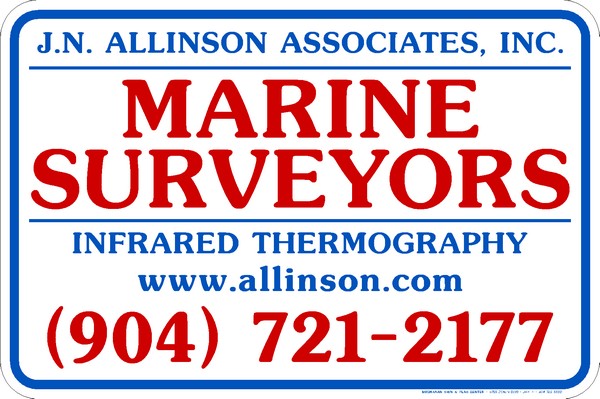


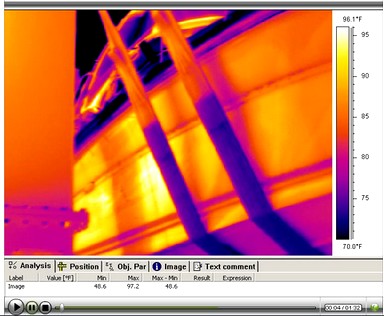
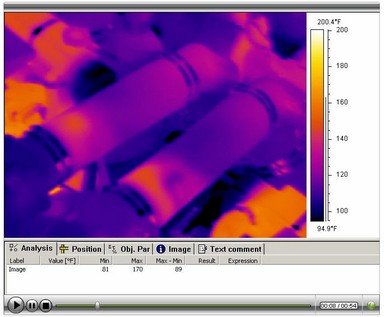


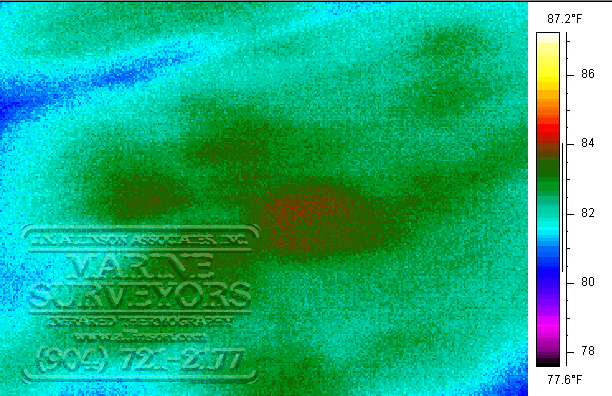

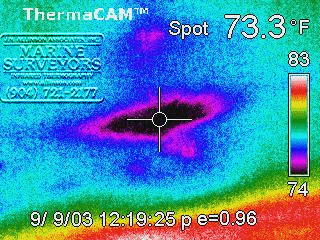

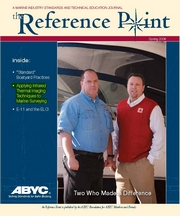

 N
N [
[